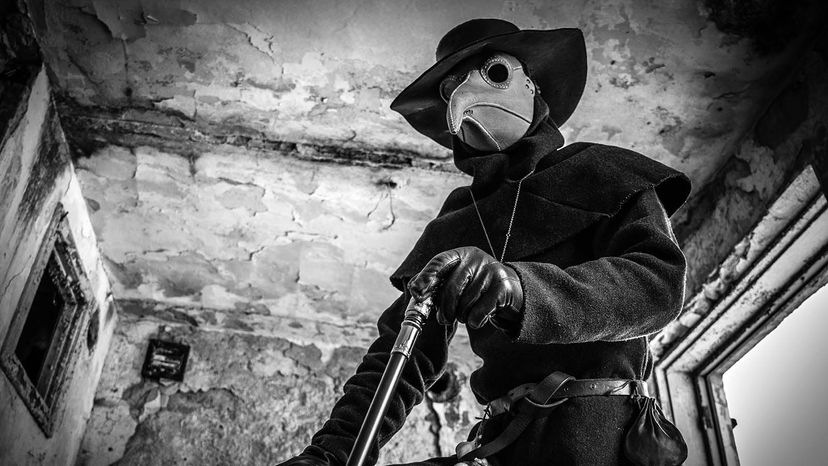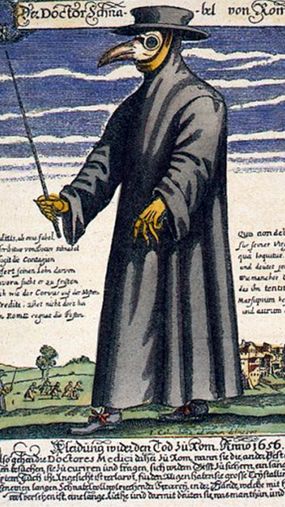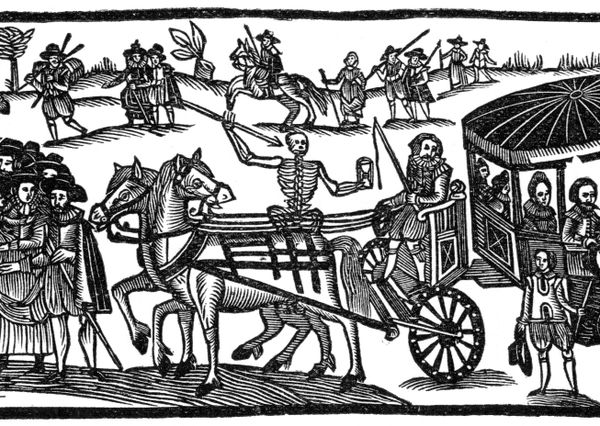
Some of the creepiest things out there are the ones that are supposed to be funny, and some of the funniest things are the ones we're supposed to take seriously. For instance, clowns are supposed to be hilarious, and yet, according to one 2016 Vox survey, more Americans report being more afraid of clowns than climate change. Similarly, during the outbreak of the bubonic plague in Italy in the 1650s, the doctors taking care of the sick — rich and poor alike — were purportedly mocked for their strange and somewhat frightening uniforms.
Although the plague that bedeviled southern Europe during this time wasn't nearly as destructive as the Black Death of the 14th century, it is estimated to have killed over a million people in Italy and surrounding areas over the course of the decade, but mostly between 1656 and 1658. No one was safe, and since the germ theory of disease wouldn't reinvent medicine for another 200 years, the Italians figured desperate times called for desperate measures, and so they sent their physicians out in the most bonkers costume imaginable.
Advertisement



